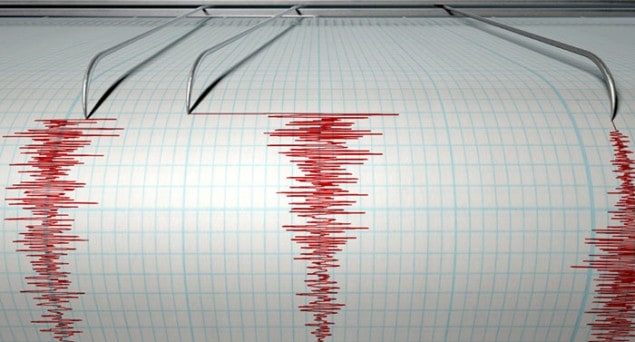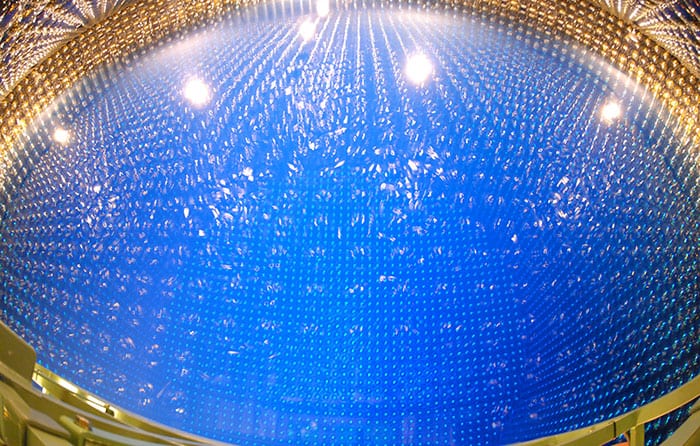Flash Physics is our daily pick of the latest need-to-know developments from the global physics community selected by Physics World‘s team of editors and reporters

Earthquake-aftershock puzzle solved, say physicists
The idea that smaller earthquakes (aftershocks) follow major earthquakes is a well-established concept in geophysics. However, aftershocks are not explained by the avalanche model that is used to describe earthquakes and similar phenomena such as the cracking of solid materials. The model dictates that events such as earthquakes are random and therefore there should be no correlation between successive earthquakes. Now, Sanja Janićević, Lasse Laurson and colleagues at Aalto University in Finland have shown that this discrepancy could simply be a result of how aftershocks are measured. Writing in Physical Review Letters, the physicists describe experiments in which they monitored the cracking of a solid material. They found that when they set the detection threshold of their apparatus at high values – to avoid measuring noise – an individual avalanche event appeared as a sequence of seemingly unrelated events. However, when they reduced the detection threshold, what had previously appeared to be aftershocks were actually part of the main avalanche event.
Scientists post open letter to incoming Trump administration
More than 2300 scientists, including 22 Nobel laureates, have published an open letter calling on president-elect Donald Trump, his administration and Congress to “support and rely on science as a key input for crafting public policy”. The signatories, including the physics laureates Wolfgang Ketterle and Daniel Kleppner, say that federal agencies need to be led by officials with “demonstrated track records of respecting science as a critical component of decision making” and that the country’s public health and environmental laws must retain “a strong scientific foundation”. The letter also calls for the administration to “adhere to high standards of scientific integrity and independence in responding to current and emerging public-health and environmental threats”, as well as provide “adequate resources” to let scientists conduct their research. The letter remains open for signatures.
Nuclear pasta boosts supernova neutrino emission

The nuclear pasta that forms in supernovae should boost the numbers of late-time neutrinos emitted by the exploding stars – making it more likely that such events could be seen by neutrino detectors on Earth. Forming just before the core of a collapsing star reaches nuclear density, nuclear pasta comprises tubes, sheets and other pasta-like structures made from neutrons and protons. Charles Horowitz of Indiana University and colleagues used molecular-dynamics simulations to calculate how neutrinos produced in a supernovae scatter from nuclear pasta, and found that the pasta greatly increases the number of neutrinos emitted 10 or more seconds after core collapse occurs. Writing in an arXiv preprint, the team says that late-time neutrinos from a supernova in the Milky Way should be clearly visible to neutrino detectors such as SuperKamiokande in Japan. Detecting these neutrinos could provide important information about how stars collapse to form supernovae.
- You can find all our daily Flash Physics posts in the website’s news section, as well as on Twitter and Facebook using #FlashPhysics. Tune in to physicsworld.com later today to read today’s extensive news story on a single-electron pump.



